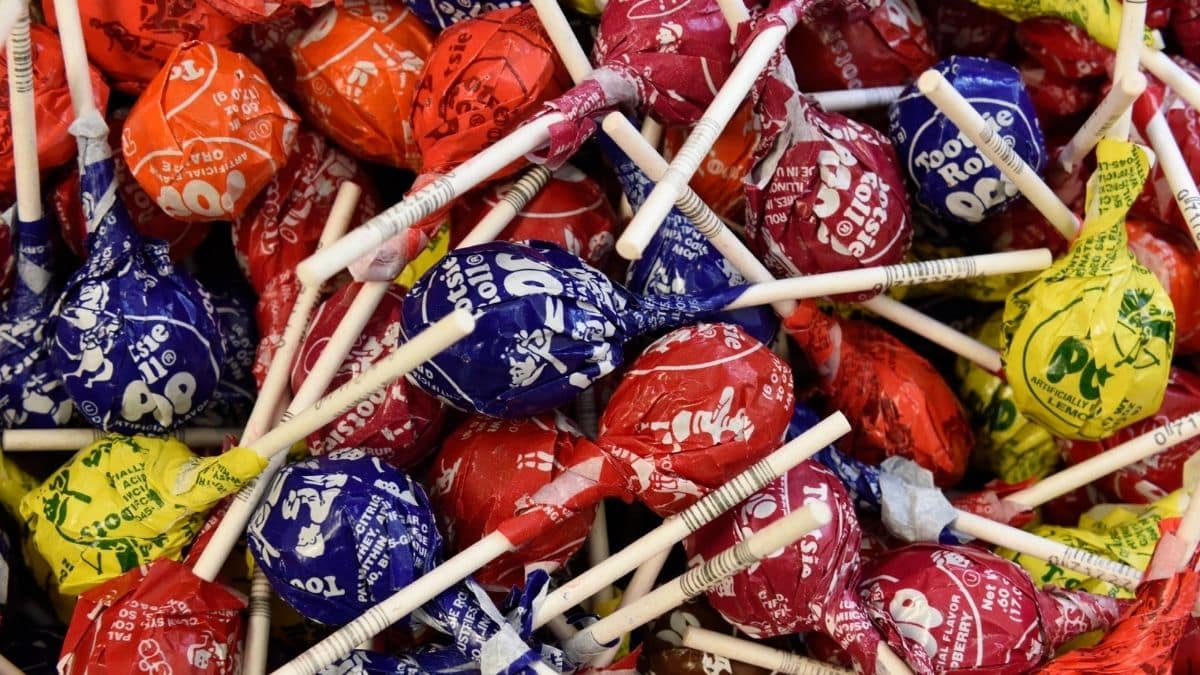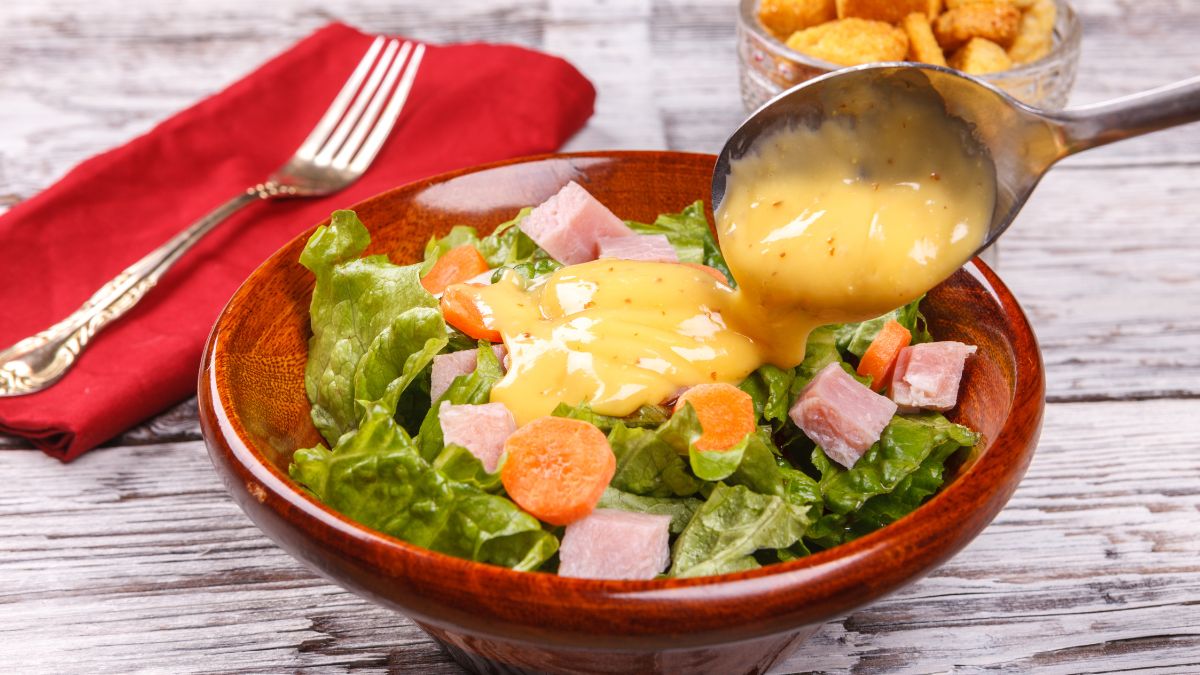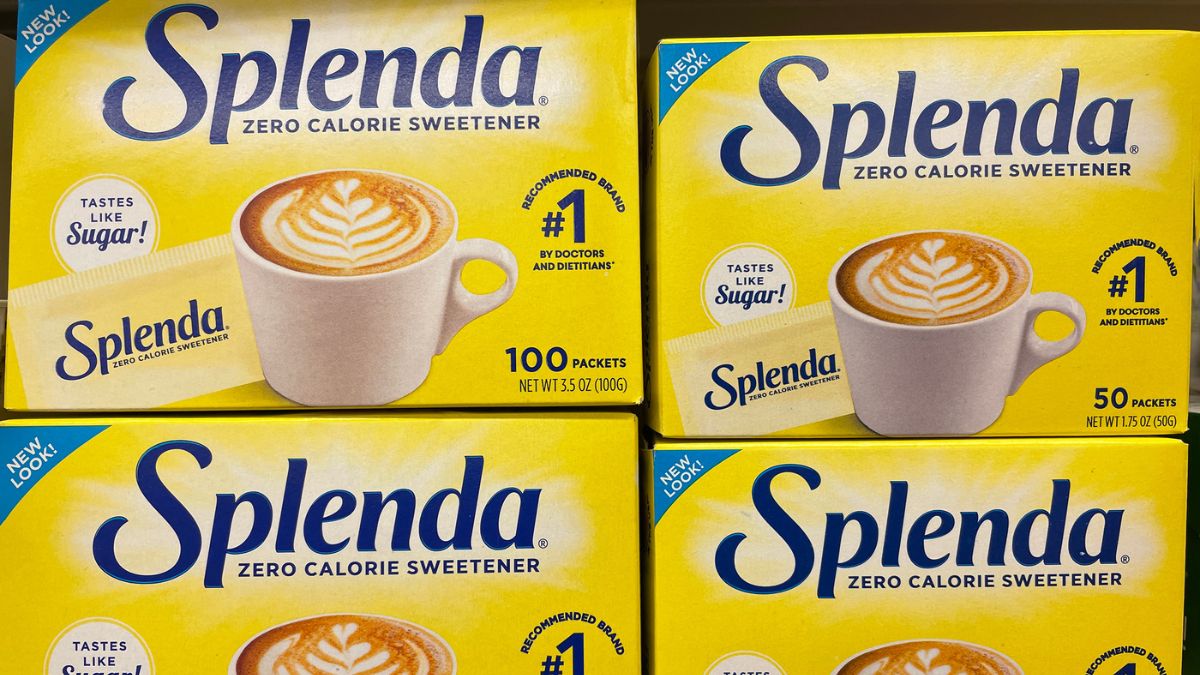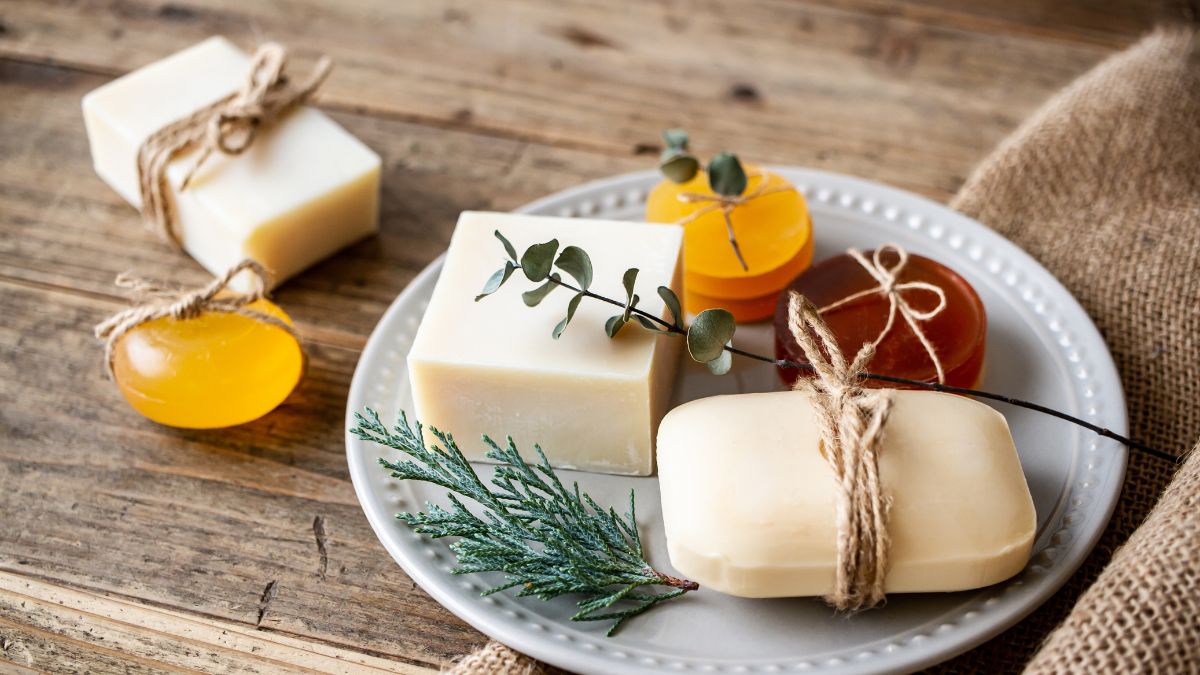Answer: No. Tootsie Pops contain gelatin. It’s a fatty acid of animal origin.

Tootsie Pops are a must in many people’s cupboards, especially in good weather! Although it is not recommended for your health to eat them every day, many people eat them from time to time on a whim, with no significant side effects occurring.
For vegetarians, however, things are a bit different. It turns out that if you don’t want to eat any animal food, you could be messing up every time you have a delicious Tootsie Pop. Why?
The Production of Tootsie Pops
When we think of the classic cartoonish logo, the lollipop comes to mind, the circle-shaped lollipop with that irresistible toffee flavor. Today there are countless options, given their quality, shapes, and flavors. These lollipops produced by the Tootsie brand have numerous delicious products.
We can find the classic colored lollipops, stuffed with chewing gum, or even the flavor that gives us that signature tongue stain!
The original formula of the Tootsie Roll is very similar to the gum you chew. As early as 1919, the Tootsie Roll Company issued a patent for their Hard Toffee candy. As I said, the taste will probably be your favorite part.
You really can tell the difference between Tootsie Rolls and other branded candy sweets. I also think the sweetness, almost to the point where it seems a little too sugary, is the best thing about it.
The Ingredients In Common Candy
Traditional sweets are made of gelatin, refined sugar, glucose syrup, colorings, and flavorings. Except for the gelatin, the other ingredients we can bear even if they are not very healthy.
But where does that gelatin come from? Well, it comes from processing the collagen that exists in animal tissues.
In other words, from the remains that come out of the slaughterhouses, such as cartilage, skin, bones, horns, and hooves.
Many vegetarians and vegans are looking for candies suitable for their diet but don’t know which ones are available. Although there are some, many sweets are not eligible for vegetarian consumption, so they are relatively difficult to find in general.
The most common ingredients of animal origin that we find in sweets are the following:
- Gelatin
- E120, carmine, carmines, carminic acid
- E904 or shellac
- Beeswax
Although these are the most common animal ingredients, they may contain other components from animals other than those mentioned.
But don’t worry, there are plenty of vegan-friendly treats to be found in any supermarket.
Vegan Candy Replacements
We are always thinking about vegan food and how healthy and ethical it is for our conscience and health. Vegetables and fruits in an elaborated cuisine are tasty and varied, which makes us forget the myths that we vegans have about our diet.
And that trend is on the rise and is incorporated into our daily lives.
But something was escaping us, something as simple as the sweets that we have always bought and with which we celebrate birthdays, we reward the little ones (and not so little), and we give ourselves a gift from time to time.
Who has never eaten sweets? It is the candy of our childhood. And we have to admit that most of us find it hard to stop once we’ve got our noses in it! However, we’ve always heard that sweets are “just sugar”!
But in fact, you will discover that in most sweets, there is something worse than sugar! Let’s put a spell on these addictive little sweets!
Maybe you already know that most candies contain gelatin. It is a substance that gives them a specific shape. But do you know where this commonly found ingredient comes from?
In 99.9% of cases, it’s pig gelatin, which is obtained by boiling pig carcasses.
And yes, I’m sorry I had to tell you!
That’s why, theoretically, vegetarians, as well as vegans/vegans, should not eat candy if it contains gelatin.
Personally, even before I was “just” a vegetarian, the day I knew this, I gave up a lot of candy (I’ve never been too sweet like that, so it wasn’t challenging)! It’s tough if you’re addicted to Tootsie Pops and Rolls!
Vegan sweets must not contain milk, eggs, or gelatin. It is also relevant for Muslims who are not allowed to eat pork gelatin.
Always look out for the V-label when shopping!
A Guide to Non-vegan Ingredients
Gelatin
Gelatin comes from animal cartilage and bones.
Perhaps many did not know, but gelatin is a colloidal gel, meaning it is colorless and tasteless. Gelatin is produced from animals’ inner bone structure using their collagen to create this so commonly used gel in today’s food industry.
What happens is that there is very little information in general about how certain products are made and what it takes to obtain them. We believe that it is very easy to replace them (without losing protein and nutritional properties) and avoid living beings’ exploitation.
Carmine
The dye E-120, also called carmine dye, contains carminic acid. In reality, carmine has crushed cochineals mixed with aluminum, calcium, or ammonia.
The cochineal is a small grey crustacean. In particular, the cochineal is raised in cactus, for example, in the plantations on Lanzarote’s island.
The leaves are full of this crustacean. They are collected and left to dry on a sieve. They are then crushed and finally mixed with aluminum.
The result is a synthetic carmine red coloring that has caused millions of deaths in its production. It is therefore not suitable for vegetarian or vegan diets.
Carminic Acid
It is a natural dye obtained from the American cochineal. Since ancient times it was used to achieve the famous carmine color. It is used for all kinds of commercial foods, such as sweets, sausages, biscuits, and snacks. It is also used in some fabrics in high fashion, as the synthetic reduces costs. But it is still usually used in make-up.
We can avoid this – there are already many brands that achieve red, purple, or brown colors without the need to crush any living being.
While the cochineal insect (Dactylopius coccus) may not inspire the same affection as a small cat or dog, it is still a living creature—and that matters to many people, especially vegans who oppose using dyes derived from animals. Producing just one pound of cochineal dye requires the harvesting and killing of about 70,000 insects. Whether or not you feel a connection to these tiny creatures, respecting their lives is a simple act of compassion. For those in 2025 wondering about the ethical considerations of candies, questions like “Are Tootsie Pops halal?” often tie into concerns about animal-derived ingredients, including dyes. Understanding what goes into your sweets can help you make more informed and thoughtful choices.
There are always alternatives! Two vegetable options suggested by PETA are beet juice and henna root. Unlike the animal option, these two ingredients have no known toxicity. Some studies have been carried out on carminic acid (e.g., by National Geographic), which have raised awareness of the health risks for those who consume it.
Conclusion
Being vegan is not difficult, it is not a sacrifice, it is not extreme, and it is not dull.
For all animal products and almost all ingredients, there is now a herbal alternative. There is vegan cheese, milk, yogurt, ice cream, sausage, and bacon; there are even fillets and burgers that look, taste, and feel like meat but are made entirely from plants.
With all these products and more, so delicious and convenient, we only need to make small changes in our diet to create a big difference in the world.
Let’s not forget that 20,000 edible plants worldwide offer a wide range of vegetables, grains, fruits, spices, and nuts. Being vegan doesn’t mean living with limitations!




